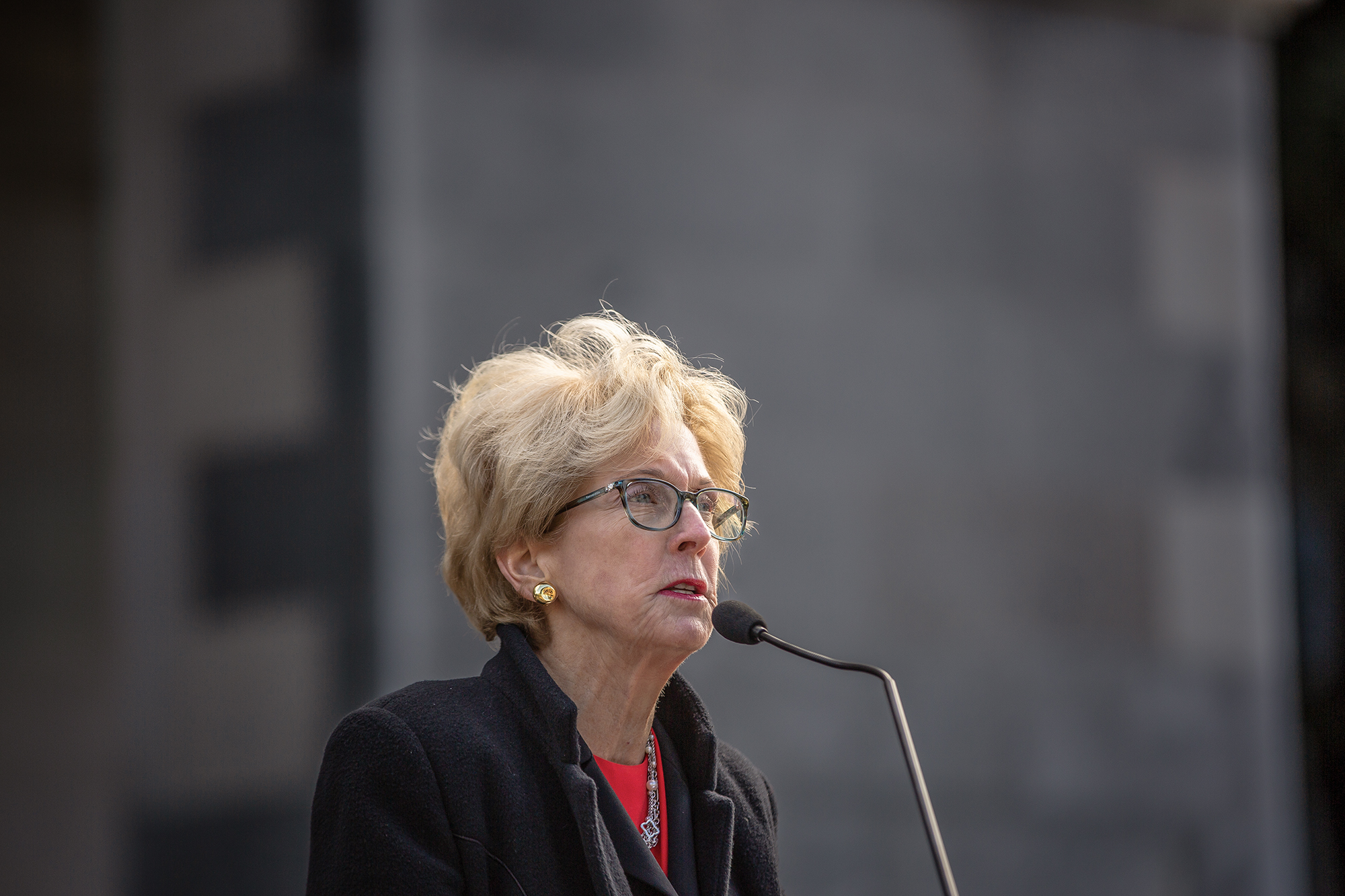In summary
A bill before the Legislature would select the black abalone as California’s official seashell. The author says it represents resilience to climate change and honors its history with Native American tribes.
California has 44 state symbols, including a state folk dance, dinosaur and mushroom. But Assemblymember Diane Dixon says we need another — an official state seashell.
And she says the shell of the black abalone, an endangered marine snail, is the ideal choice — to represent resilience to climate change and to honor its history with Native American tribes.
“In my legislative package, we have a lot of serious bills related to public safety and business taxation, and one of my staff members said we don’t have a state seashell,” Dixon, a Republican from Newport Beach, said in an interview Wednesday. “I’m from the coastal district with 37 miles of coastal sand on the Pacific Ocean, and I thought we should look at something that protects that vital and critical natural resource.”
No opposition has emerged to her bill. The Assembly passed itl on a 72-0 vote in April; the Senate could vote as early as Thursday to send Assembly Bill 2504 to Gov. Gavin Newsom.
The shell of the black abalone — unique to the shorelines of California and Northern Mexico — could become one of 15 official state shells in the United States. It has a rich history for Native American tribes in the region: The snail was a source of food for thousands of years, and tribes used the shell for trading and to make jewelry and ceremony regalia.
Last weekend, Dixon talked about her proposal at KelpFest in Laguna Beach. Before she went on stage, Adelia Sandoval and other members of the Juaneño Band of Mission Indians, Acjachemen Nation provided a blessing.
“Part of her ritual was to honor and bless the ocean and the event was smoke coming out of the abalone shell,” Dixon recalled. “They had no idea I was gonna be talking about this.”
She said her announcement was “very touching” to both herself and the Native Americans who provided the blessing.
“My staff called this — given all the seriousness of other legislation at our times with inflation and all these other issues, like homelessness — kind of a fun bill,” she said. “But it’s more than fun now. I realized last weekend it’s really meaningful to people. And I’m just honored to be able to do this.”
Assemblymember Diane Dixon speaks at a press conference before a swearing-in ceremony for newly elected legislators at the state Capitol in Sacramento on Dec. 5, 2022. Photo by Rahul Lal, CalMatters
Another reason Dixon chose the black abalone was to make Californians aware of the environmental dangers it faces. The black abalone became an endangered species in 2009 because of threats including overfishing, disease and natural disasters.
In 1983, the spread of withering foot syndrome — a fatal disease that affects the snail’s digestive organs — killed at least 80% of black abalone in Southern California. The population also took a large hit in 2020 after the Dolan Fire in Big Sur.
“We want people to know that it is a rare and endangered object and to leave it where it is,” Dixon said.
At an Assembly committee hearing, Orange County Supervisor Katrina Foley spoke alongside Dixon to present the bill. In an interview today, she said it “will help us to get more education out to the community and inform people about the types of things that threaten this species.”
Foley’s brother-in-law studies the reproductive habits of black abalone, and she said they have had many dinner table conversations about its relation to climate change.
“Scientists are studying abalone to see the ways that it adapts to be able to withstand climate change, to withstand some of these diseases that have threatened it, to withstand the warmer waters where it needs to thrive in colder waters,” she said. “So I think it can be used as a species where we can learn the adaptive techniques that it uses and how we can model those techniques in our everyday lives and in our planning.”
If chosen as the state shell, the black abalone will be permanently enshrined in the California State Capitol Museum.

